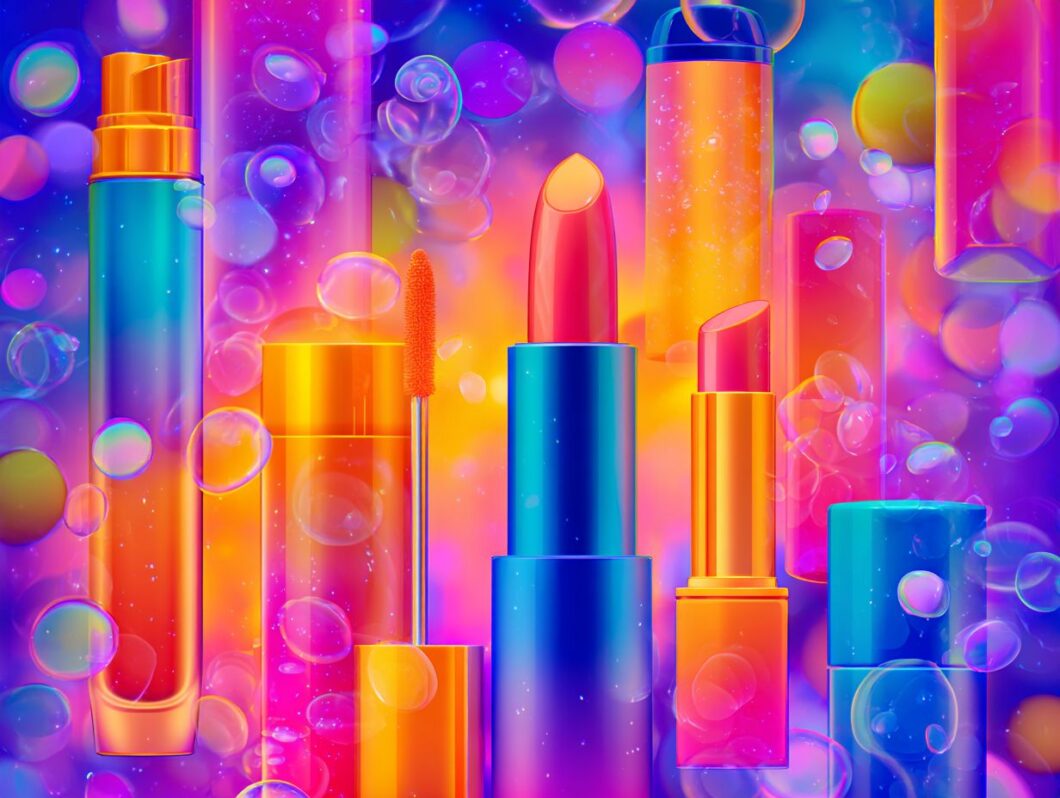The beauty industry is currently undergoing a significant transformation with the rise of Beauty NFTs as a new asset class, capturing the attention of both brands and consumers. But what are NFTs, and why are they emerging as essential assets in the beauty sector? This article delves into the blockchain technology behind NFTs, examines how beauty brands are utilizing them to enhance consumer engagement and brand value creation, and discusses the potential risks associated with this trend. I invite you to explore the future possibilities of Beauty NFTs and their implications for the industry.
Key Takeaways:
The Rise of Beauty NFTs
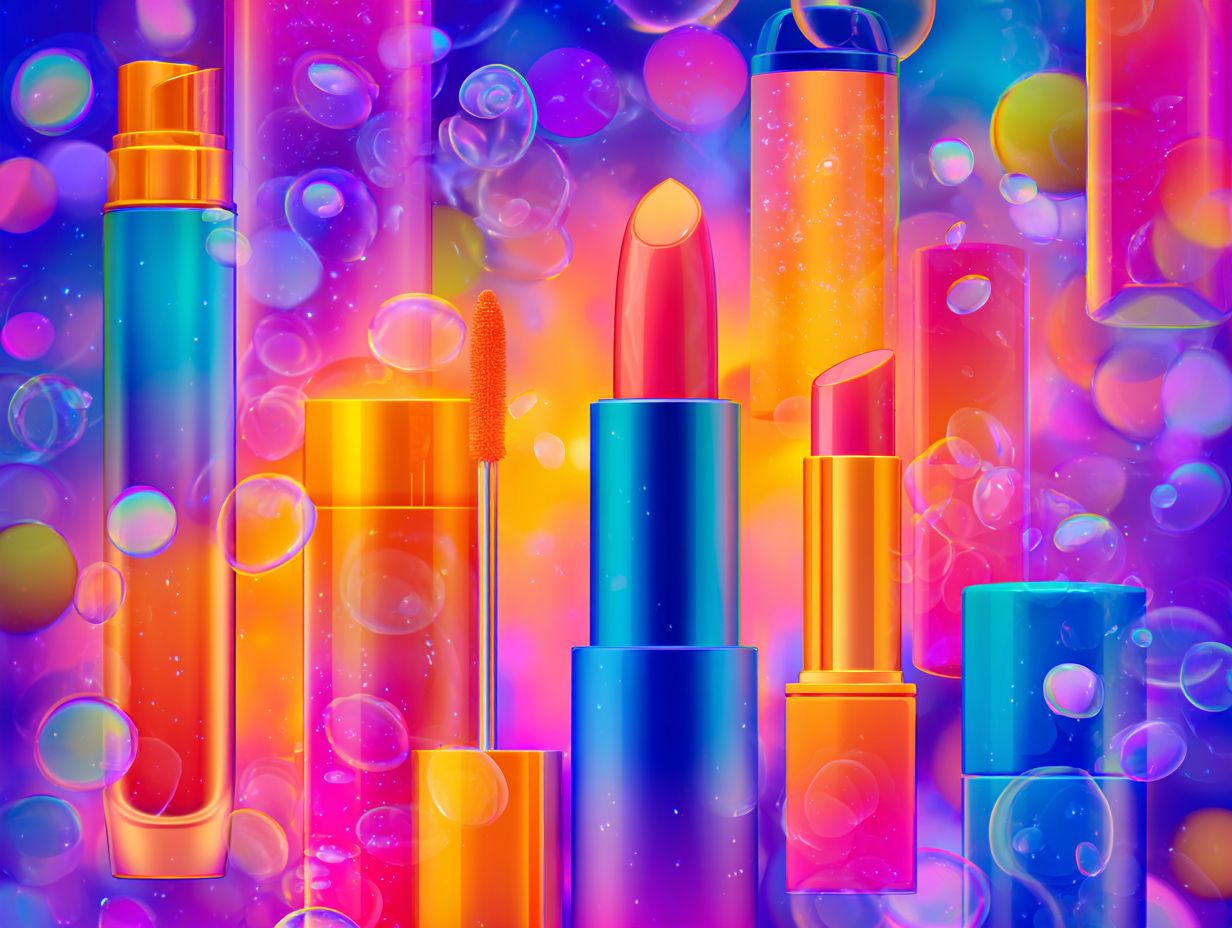
The emergence of Beauty NFTs represents a significant transformation in the beauty industry, leveraging the innovative blockchain technology to create unique collectible digital assets, such as CryptoPunks, that redefine ownership and value creation in art.
As NFTs evolve into a game-changing force, they provide beauty brands with the opportunity to engage consumers in novel ways while aligning with the evolving cultural implications of business and digital assets within the cryptocurrency economy.
What are NFTs?
NFTs, or Non-Fungible Tokens, are unique digital assets verified through blockchain technology, representing ownership of original digital files ranging from artwork to luxury goods like a luxury handbag. Smart contracts play a crucial role in ensuring their authenticity and scarcity.
What distinguishes NFTs from traditional assets is their non-fungibility; each token is unique and cannot be exchanged on a one-to-one basis like cryptocurrencies. This characteristic enhances their value in the digital landscape, where ownership can often be ambiguous.
By providing a certificate of ownership embedded within the token, NFTs offer creators and collectors undeniable proof of provenance and ownership. This functionality fosters a tradeable environment for digital art and collectibles, allowing artists to monetize their work in innovative ways while enabling collectors to invest in verified pieces, thus minimizing the risk of counterfeiting. For context, an in-depth analysis by WWD explores how NFTs are transforming industries such as fashion and luxury by intertwining digital and physical assets.
Why They are Gaining Popularity in the Beauty Industry
The increasing popularity of NFTs in the beauty industry can be attributed to several key factors, such as the cultural implications of digital ownership, the financial advantages for artists and brands, and the distinctive positioning that NFTs provide within the evolving market economy.
I recognize that the engagement strategies employed by beauty brands play a critical role in this trend. For example, brands are utilizing NFTs to develop exclusive digital collections, allowing consumers to forge a deeper connection with the brand.
A prominent case is the collaboration between a leading cosmetics brand and an NFT marketplace platform, which resulted in limited edition digital art tied to their product lines.
This strategy not only generates excitement but also invites consumers to engage in a new kind of immersive shopping experience that bridges the gap between the physical and digital worlds, fostering a community built around shared interests and innovative expressions in beauty.
How Beauty NFTs Work
Understanding how Beauty NFTs work requires me to explore the underlying blockchain technology like Ethereum, This technology enables secure transactions through smart contracts, establishing an ecosystem where ownership of digital assets, such as cosmetics or art, can be verified and easily transferred.
As a result, I can grant online access to exclusive content, enhancing the overall user experience.
The Technology Behind NFTs
The technology behind NFTs is fundamentally built on blockchain platforms such as Ethereum, which enables the creation and exchange of unique digital ownership rights while effectively managing Gas fees during transactions to ensure a secure and transparent process, while considering art sales platform implications. For those interested in a comprehensive overview, this analysis by BitPay covers the full spectrum of Ethereum’s inner workings.
Ethereum’s infrastructure is specifically designed to facilitate the minting of NFTs-a process where digital assets are registered on the blockchain, making them distinct and verifiable.
When I, as an artist or creator, decide to mint an NFT, I engage with smart contracts that automate the transaction process and store the metadata on-chain. However, this process does present challenges; Gas fees, which are the costs associated with conducting transactions on the Ethereum network, can vary significantly based on network demand.
These fluctuations in fees can create barriers to entry for both creators and buyers, leading to ongoing discussions within the community regarding ways to enhance accessibility while preserving the decentralization that makes blockchain technology truly revolutionary, according to discussions by thought leaders like Tim Leberecht.
How Beauty Brands are Utilizing NFTs
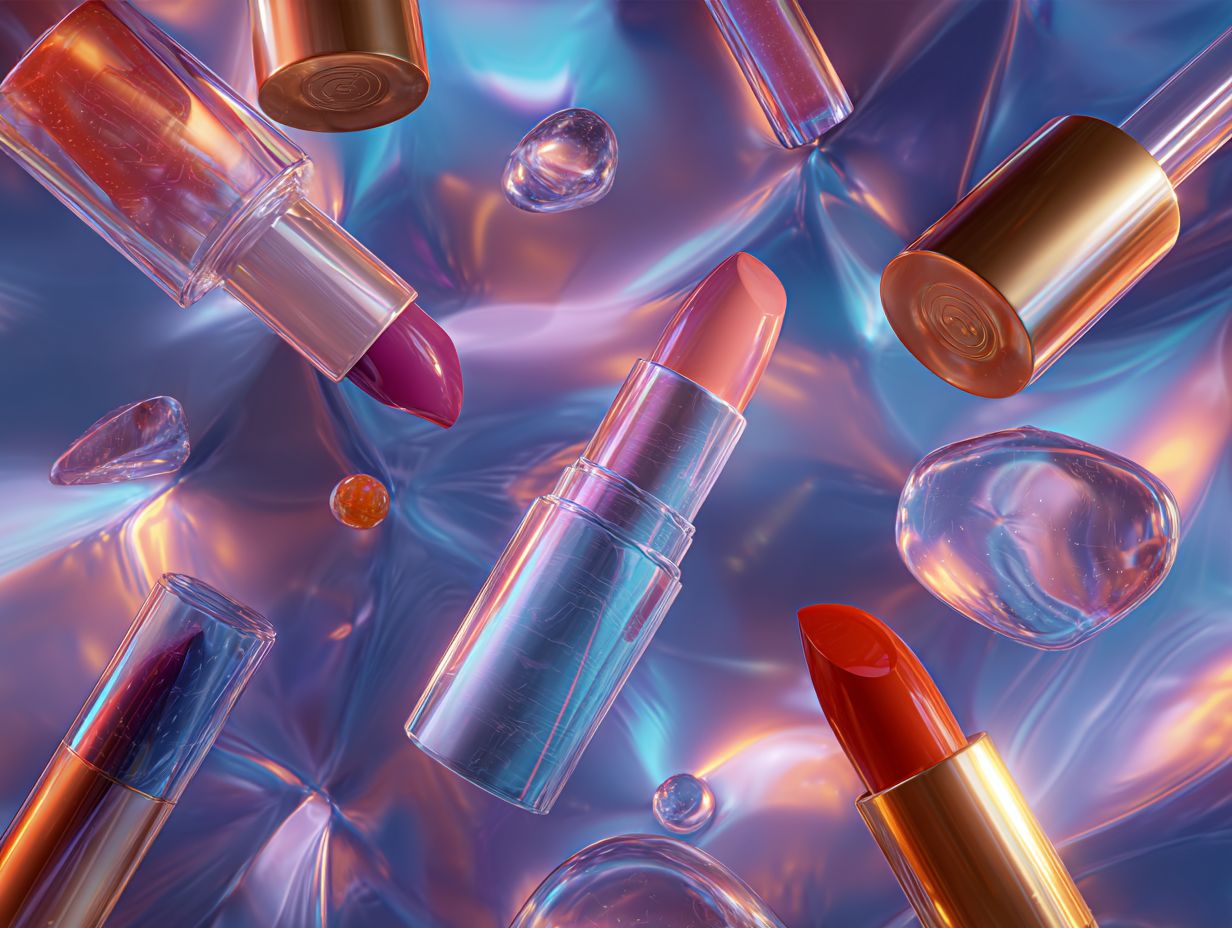
I have observed that beauty brands are increasingly leveraging NFTs to create exclusive offerings that resonate with socially-conscious consumers, considering the social inequality these offerings might create.
This approach not only taps into the burgeoning market economy but also explores the financial benefits associated with digital ownership, along with the cultural implications of this innovative business strategy.
For instance, a prominent luxury skincare brand recently launched limited edition NFTs that provided access to exclusive beauty products while simultaneously supporting sustainability initiatives. These digital assets particularly appealed to eco-conscious buyers who prioritize transparency and ethical practices.
Additionally, a makeup company has introduced virtual try-on experiences linked to NFT purchases, effectively merging the digital and physical realms in a manner that appeals to younger, tech-savvy audiences.
By aligning these unique offerings with consumer values, beauty brands are successfully enhancing their brand identity, solidifying their positions in a competitive market, and embracing the evolving landscape of digital engagement.
The Benefits of Beauty NFTs
The benefits of Beauty NFTs go beyond mere ownership digital asset; they offer brands significant opportunities for enhanced consumer engagement, increased brand value, and a sense of exclusivity that strongly appeals to contemporary consumers.
These individuals are increasingly seeking unique experiences and financial advantages from their purchases, making Beauty NFTs a strategic asset for brands looking to connect with their audience more meaningfully.
Enhanced Consumer Engagement
Enhanced consumer engagement through NFTs enables me to create unique experiences that connect beauty brands with their audience, fostering a sense of belonging within the artist community, such as the House of Beautiful Business, and facilitating deeper interactions in the market economy.
By leveraging blockchain technology, I can offer limited edition digital collectibles that serve as exclusive items and gateways to personalized experiences.
For example, I was involved in a campaign for a popular cosmetics brand that provided purchasers with access to virtual beauty consultations with renowned makeup artists, seamlessly blending the digital and physical realms.
In another instance, I contributed to a skincare line that rewarded NFT holders with VIP access to new product launches and exclusive community events. These initiatives not only drive sales but also cultivate a loyal following, transforming casual consumers into passionate ambassadors who feel directly connected to the brand’s journey.
Increased Brand Value and Exclusivity
The increased brand value and exclusivity associated with NFTs provide me with a competitive edge in the beauty industry, enabling my company to offer limited editions and ownership certificates that enhance perceived value and drive financial gain.
This innovative approach appeals to consumers’ desire for unique products and fosters a deeper emotional connection to the brand. By leveraging digital certificates of ownership, I can create a sense of rarity and personal investment in my products, inviting consumers to engage with a distinct community of enthusiasts.
For instance, I have observed prominent beauty brands like Clinique and L’Oreal successfully launching exclusive NFT collections, offering limited-edition digital assets that correspond with their physical products. These strategies not only elevate consumer perceptions but also open up new revenue streams, positioning my brand at the forefront of the evolving intersection between beauty and technology.
Potential Risks and Controversies
The rise of Beauty NFTs presents a wealth of opportunities; however, it also brings potential risks and controversies that must be carefully considered.
These include environmental concerns associated with blockchain technology, the risk of scams and criminal activities, and the implications of social inequality within the market economy.
It is essential to approach this emerging landscape with a critical eye, balancing the innovative potential of Beauty NFTs with a thorough understanding of the challenges they may pose.
Environmental Concerns and Climate Disaster
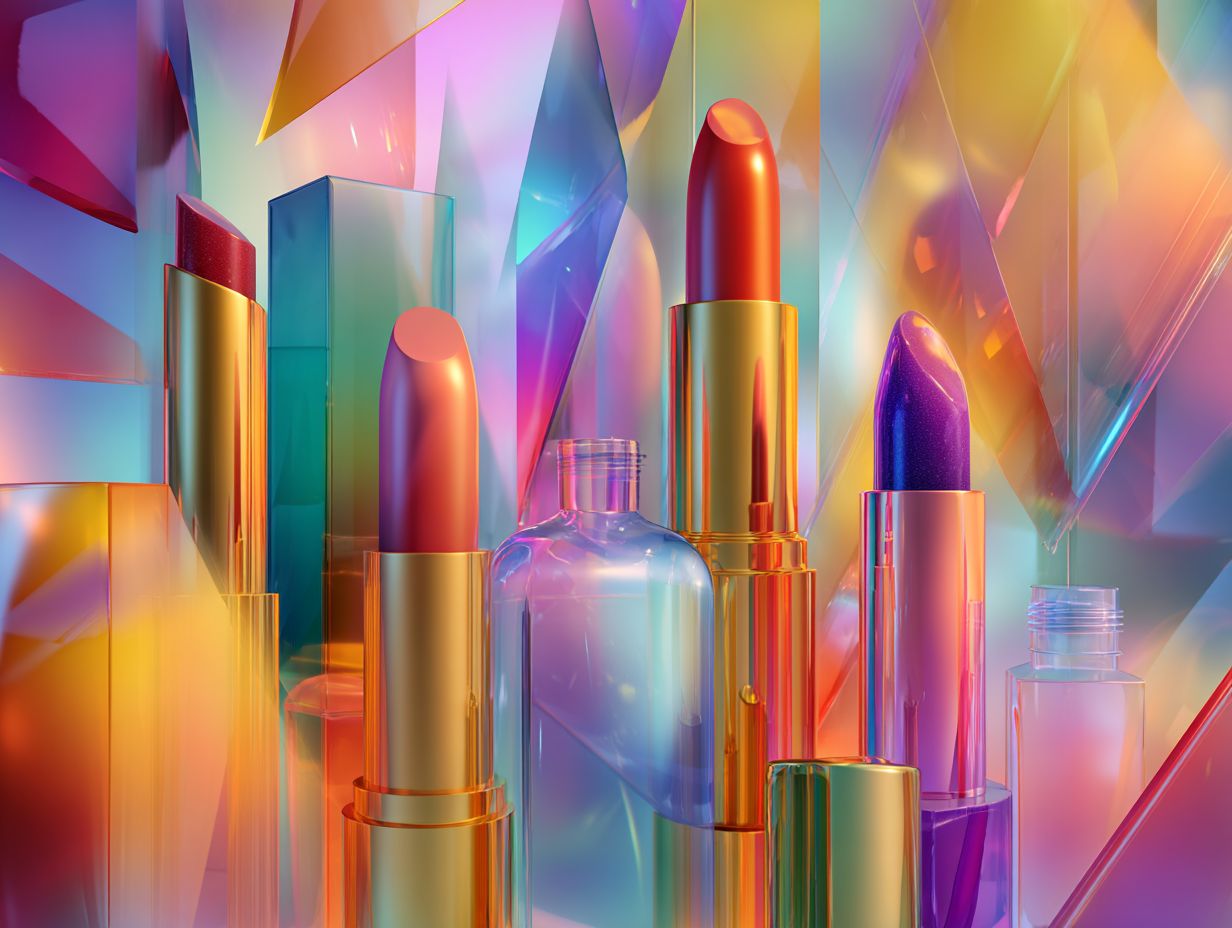
Environmental concerns have become a significant topic of discussion in the NFT space, particularly regarding the energy-intensive nature of blockchain operations that raises alarms about their contribution to climate change. A recent study published in the Proceedings of the National Academy of Sciences delves into the climate concerns related to NFTs, providing a comprehensive overview of their environmental impact.
The process of minting and trading NFTs typically occurs on blockchain platforms that utilize proof-of-work algorithms, which demand substantial computational power and, consequently, high energy consumption. As I engage with these digital assets in the crypto economy, I recognize that the environmental impact has prompted a critical examination of the long-term sustainability of this emerging market.
To tackle these challenges, I am increasingly considering alternative blockchain technologies that use less energy, such as proof-of-stake solutions, which significantly reduce the carbon footprint associated with NFT transactions. Additionally, private public partnerships could play a crucial role in promoting sustainability within this space.
Additionally, I support advocates pushing for carbon offset initiatives and promoting greater transparency in energy usage, underscoring the essential shift toward more eco-friendly practices within the industry, as highlighted by Tim Leberecht.
Potential for Counterfeits and Loss of Aura
The potential for counterfeits in the NFT space raises significant concerns for both consumers and brands. Scammers may exploit the perceived value associated with digital assets, which undermines the integrity of ownership and erodes trust within the community. Scammers criminal activities in this sphere necessitate stricter oversight.
This situation underscores the urgent need for robust mechanisms to verify the authenticity of NFTs and mitigate these risks. For brands, implementing blockchain technology can act as a safeguard, enabling the creation of transparent records that confirm the originality of their digital creations, like the original artwork by renowned artists such as Monet.
Consumers must remain vigilant by seeking out verified marketplaces and engaging with platforms that have established reputations. The emergence of high-profile scams, including duplicated works of renowned artists, serves as a valuable lesson about the importance of due diligence in this marketplace, to avoid the replicated infinitely problem.
To foster a secure environment, it is essential to prioritize education around authenticating NFTs and understanding the legal frameworks governing them, including the cultural implications business.
The Future of Beauty NFTs
The future of Beauty NFTs presents significant potential as the industry evolves. I anticipate a surge in digital ownership opportunities and innovative applications that will redefine the interaction between brands and consumers within the beauty sector, leveraging platforms like Twitter and Instagram.
Predictions and Possibilities
Predictions for the future of NFTs in the beauty industry suggest a significant integration of these digital assets into marketing strategies. I anticipate that brands will leverage NFTs to create unique consumer experiences while also addressing the cultural implications within the market economy, similar to the success seen with CryptoPunks and CyberCats.
As brands seek innovative ways to engage their audiences, NFTs could function as exclusive access tickets to limited-edition products or virtual meet-and-greets with beauty influencers. This trend has the potential to foster a sense of community among consumers, enhancing loyalty and encouraging greater participation in brand narratives, reminiscent of events held by the Journal of Beautiful Business and the House of Beautiful Business.
Furthermore, the increasing focus on sustainability and ethical consumption may prompt brands to use NFTs as proof of authenticity or as part of their eco-friendly initiatives. This intersection of digital and physical experiences is likely to resonate particularly well with younger generations, who prioritize transparency and uniqueness in their shopping journeys, similar to strategies observed by LVMH.
Frequently Asked Questions
What are Beauty NFTs?
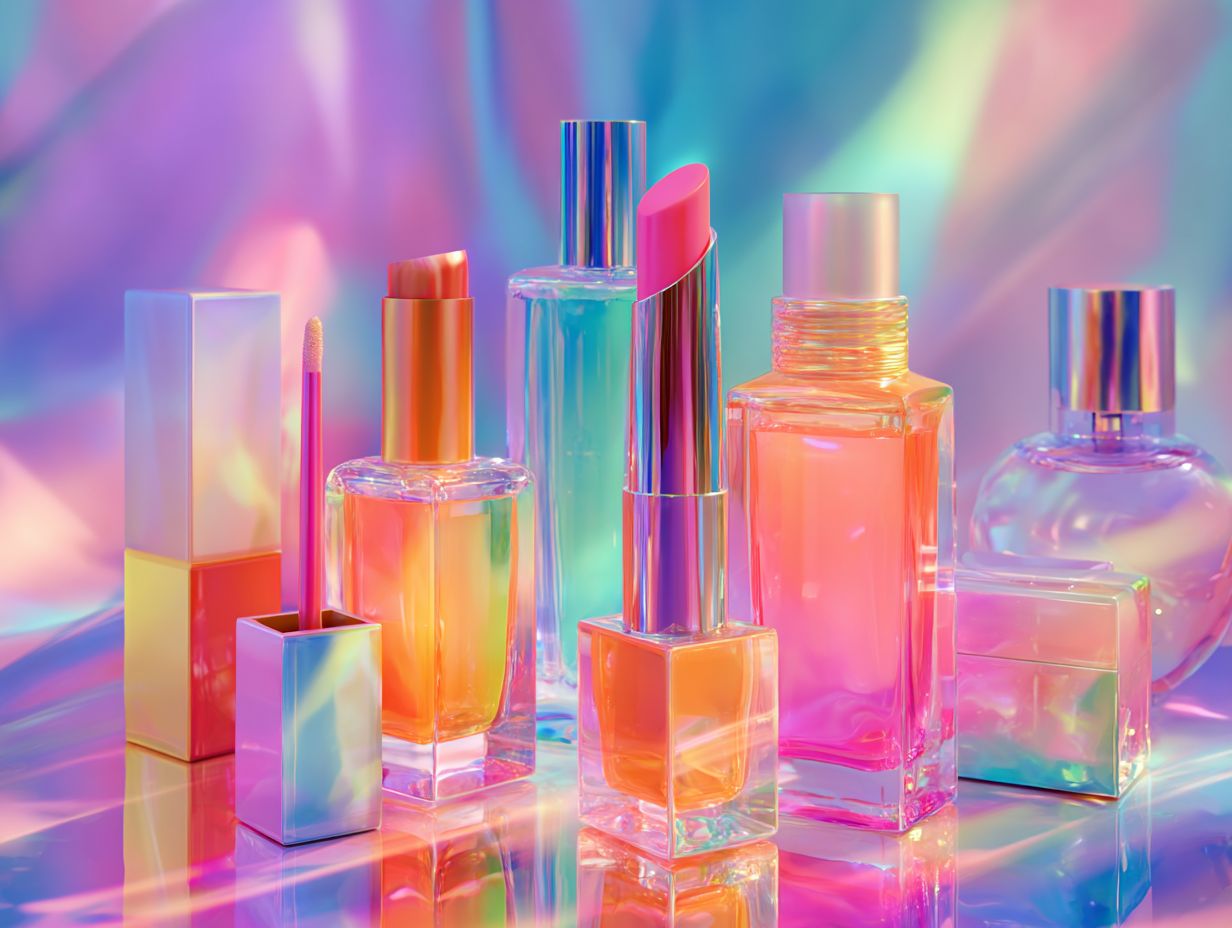
Beauty NFTs, or non-fungible tokens, are unique digital assets that represent ownership of a piece of digital beauty content, whether it is a photo, video, or other form of media.
Why is everyone talking about Beauty NFTs?
Beauty NFTs have gained popularity as a way for creators to monetize their digital beauty content and for buyers to own and collect limited edition pieces of beauty media, with notable sales at auction houses like Christie’s.
How are Beauty NFTs different from traditional beauty products?
Beauty NFTs are entirely digital and do not have a physical form, unlike traditional beauty products. They exist on the blockchain and can be bought, sold, and traded like any other cryptocurrency, often involving gas fees.
Are Beauty NFTs only limited to beauty content?
No, while Beauty NFTs are primarily used for beauty content, they are not limited to just that. NFTs can also represent ownership of any digital asset, including music, art, and collectibles, like those created by Beeple.
What makes Beauty NFTs valuable?
The value of Beauty NFTs comes from their scarcity and uniqueness. Each NFT represents a one-of-a-kind piece of digital beauty content, making them highly sought after by beauty enthusiasts and collectors, akin to the value attached to William Poundstone’s art pieces.
How can I get started with Beauty NFTs?
To get started with Beauty NFTs, you can either create your own NFTs as a creator or buy existing Beauty NFTs on a marketplace like OpenSea or Nifty Gateway. You will need a cryptocurrency wallet and some knowledge of the blockchain to participate in the NFT market. Potential buyers should also be aware of reputational claims and intention NFTs when making purchases.


